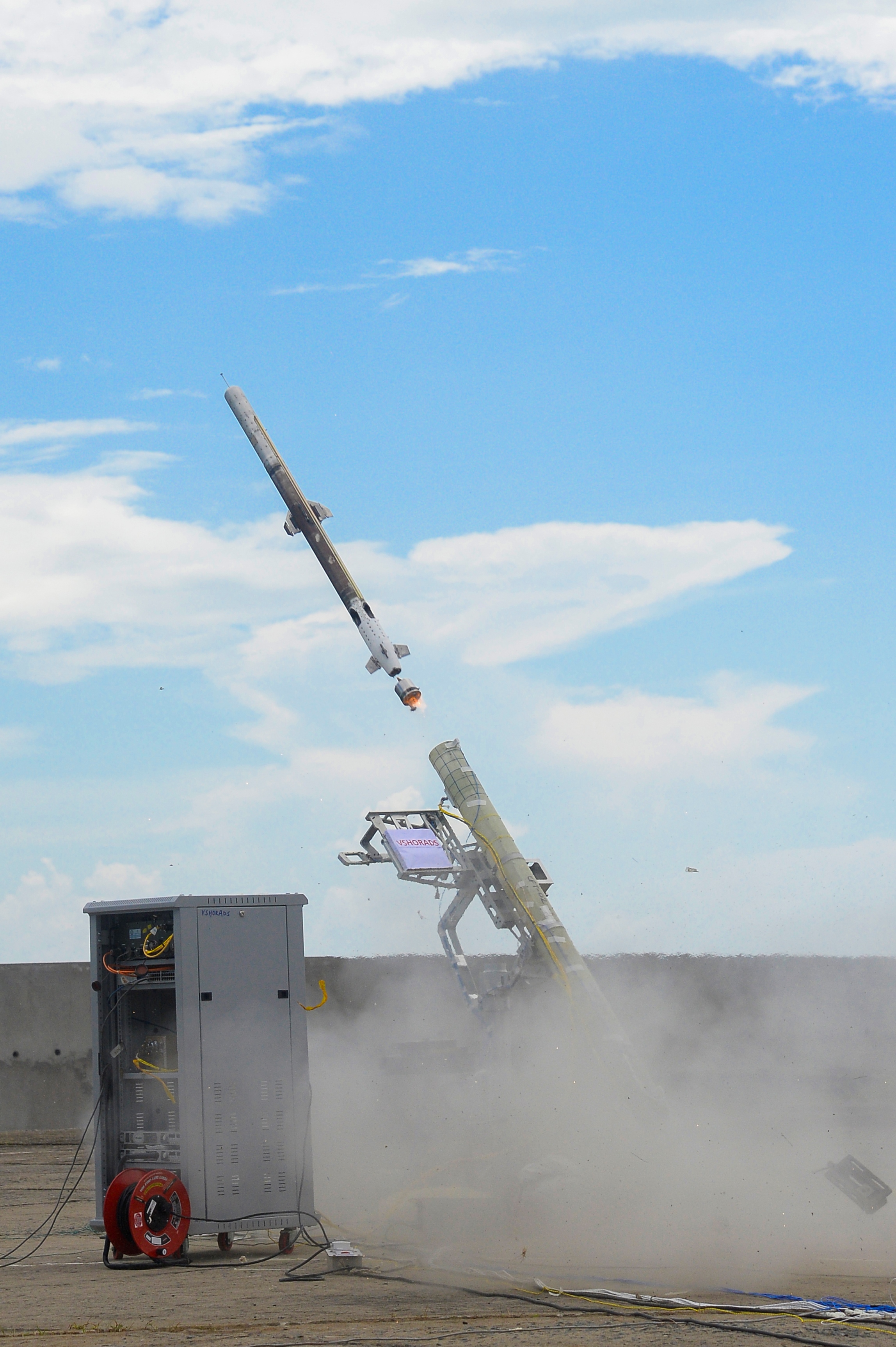SOURCE: AFI


As the nature of warfare evolves, so do the demands placed on weapon stockpiles and the ability of nations to replenish them. Modern battlefields are witnessing longer, more protracted conflicts, which can strain military resources. For India, a nation that faces the potential challenge of two-front conflicts with adversaries like China and Pakistan, ensuring a steady and agile supply chain for weapons and critical components is crucial. In this context, 3D printing, or Additive Manufacturing (AM), has emerged as a promising solution to help Indian forces address potential gaps in their military supply chains.
Additive manufacturing, commonly known as 3D printing, is revolutionizing production in defense and aerospace industries worldwide. It involves creating objects layer by layer from digital 3D models, effectively building the part and material simultaneously. This technology offers a significant advantage over traditional manufacturing methods, where materials are often cut away or assembled from multiple components. The benefits of additive manufacturing in defense are multifold:
Speed and Flexibility: 3D printing dramatically reduces the time required to produce parts. For example, a motor component for a missile, which would typically take three to four weeks using traditional precision manufacturing methods, can be created in just three to four days using 3D printing. This enhanced speed enables militaries to adapt rapidly to changing battlefield requirements.
Customization and Innovation: Additive manufacturing allows for the creation of parts that are otherwise impossible to manufacture through conventional methods. This capability opens up new avenues for innovation, enabling designers to create lightweight, efficient, and complex structures. It also provides the ability to combine different materials in unique ways to improve performance.
Rapid Prototyping and Production of Obsolete Parts: The defense sector often grapples with the challenge of obsolete parts for legacy systems. 3D printing offers a solution by enabling the rapid prototyping and production of such parts, which may no longer be available through traditional supply chains.
Tools and Job Aids: Specialized tools and job aids can be produced on demand using additive manufacturing, enhancing operational efficiency for military personnel.
In future conflicts, additive manufacturing could play a crucial role in India’s defense preparedness, particularly in addressing shortages in critical systems. For instance, it could be used to produce essential components for Very Short-Range Air Defense Systems (VSHORADS) and Man Portable Anti-Tank Guided Missiles. These systems are vital for India’s defense posture, especially in mountainous terrains and high-altitude warfare, where the ability to quickly repair or replace parts in the field could make a decisive difference.